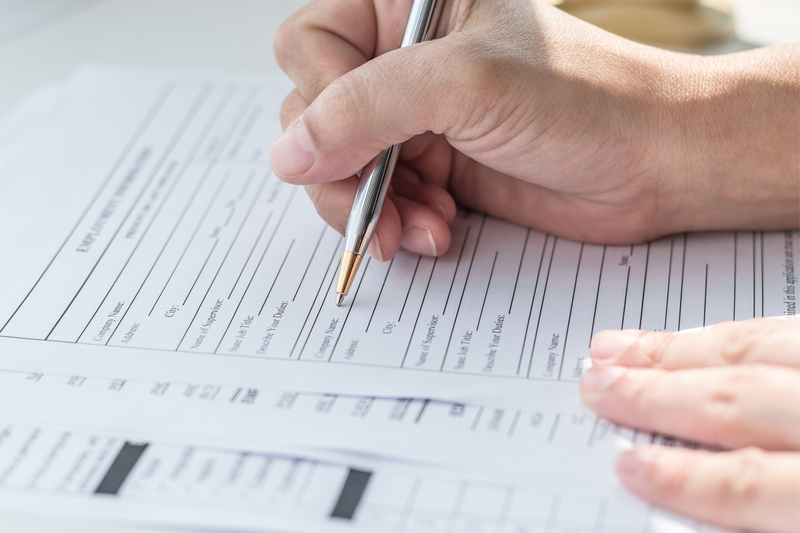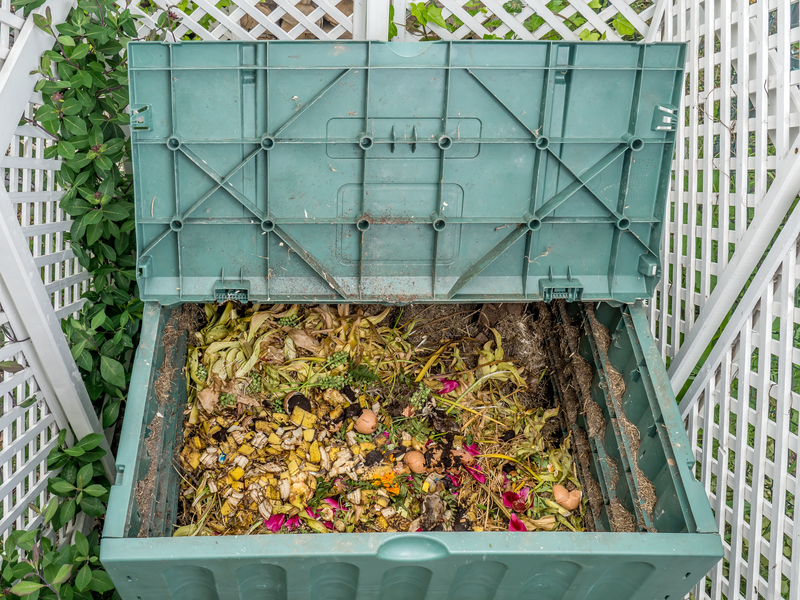The Art of Upcycling: Ingenious Ways to Repurpose Everyday Refuse
In a world facing complex environmental challenges, practicing sustainability has become more critical than ever. While reducing and recycling are familiar concepts, a creative and impactful approach that deserves equal attention is upcycling. Also known as creative reuse, the art of upcycling transforms discarded materials and everyday refuse into new, purposeful, and often beautiful items. Not only does this reduce the burden on landfills, but it also stimulates innovation and resourcefulness.
Understanding Upcycling: Going Beyond Recycling
Upcycling is the process of giving new life to unwanted or discarded items by turning them into products of higher value or quality. Unlike recycling, which breaks down materials to create raw substances for new production, upcycling repurposes refuse without significant energy input or material degradation.
Key Benefits of Upcycling:
- Environmental Preservation: Reduces landfill waste and resource consumption.
- Energy Efficiency: Requires minimal processing, saving energy.
- Creativity Boost: Encourages innovative thinking and DIY skills.
- Economic Value: Turns trash into functional or decorative items, some with commercial potential.
With upcycled projects, the only limit is your imagination. Let us explore ingenious ways to repurpose everyday refuse and elevate your eco-friendly lifestyle.

1. Upcycling in the Home: Transforming Common Waste into Treasures
Glass Jars and Bottles: From Refuse to Functional Decor
Rather than sending used glass jars and bottles to the recycling bin, upcycle them into stylish storage solutions or decor. Glass containers are incredibly versatile for repurposing refuse at home:
- Storage Containers: Clean glass jars make ideal receptacles for pantry staples, office supplies, or bathroom accessories.
- Candle Holders: Fill with wax and a wick, or use as lanterns for ambient lighting.
- Vases: Paint or decorate for use as beautiful vases or terrariums.
- Soap Dispensers: Add a pump to an old bottle for a chic upcycled soap dispenser.
Cardboard Boxes and Tubes: Building Blocks for Practicality and Play
Everyday cardboard waste - from shipping boxes to toilet paper tubes - offers incredible potential for creative upcycling:
- Organizer Units: Stack and decorate small boxes for drawer inserts or desk organizers.
- Kids' Toys: Craft playhouses, castles, or racecars for children. Tubes double as binoculars or building pieces.
- Seed Starters: Use cut tubes as biodegradable pots for seedlings; plant them directly in soil later.
- Wall Art: Cut tubes into rings, assemble into geometric patterns, and paint for unique recycled wall decor.
Old Clothing and Textiles: Breathing New Life into Fabric
Worn-out clothes or linens offer a treasure trove for upcycling ideas:
- Tote Bags: Turn T-shirts or denim into sturdy, reusable grocery totes.
- Quilts: Patch together scraps of fabric for a sentimental quilt or picnic blanket.
- Cleaning Rags: Cut old towels or shirts into reusable wipes for cleaning around the house.
- Pillow Covers: Sew pillow covers from patterned shirts or dresses for an eclectic look.
2. Outdoor Upcycling: Sustainable Solutions for Gardens and Yards
Pallets and Wooden Crates: Rustic and Functional Exterior Upcycling
Discarded wooden pallets or crates are a goldmine for innovative upcycling outdoors:
- Vertical Gardens: Stand a pallet upright and fill with soil and plants to create a space-saving garden wall.
- Compost Bins: Stack or assemble pallets into a DIY compost container for kitchen and yard waste.
- Outdoor Furniture: Transform pallets into benches, tables, or swing seats with a bit of sanding and paint.
- Tool Racks: Attach hooks to a crate or pallet for storing garden tools efficiently.
Plastic Bottles: Upcycled Solutions for Green Thumbs
Plastic bottles are among the most common types of refuse; yet, they can be reimagined for productive garden use:
- *Self-Watering Planters:* Cut bottles in half, invert the top, and thread a wick through the neck for a low-maintenance planter.
- *Mini-Greenhouses:* Place clear bottles over seedlings to foster warmth and humidity.
- *Bird Feeders or Waterers:* Cut and assemble bottles for DIY feeders, helping local bird populations while reducing waste.
- Drip Irrigation: Puncture small holes in a bottle and bury next to plants to slowly release water over time.
3. Upcycling for Art and Expression: Making Beauty from Refuse
Metal and Tin Cans: Industrial Chic Creations
Empty food cans can be upcycled into decorative or practical items:
- Lanterns: Punch patterns into cans and insert candles for atmospheric lighting.
- Pencil Holders: Paint or wrap cans for stylish desk organization.
- Planters: Drill drainage holes and paint the outside for upcycled plant pots.
- Wind Chimes: Suspend painted cans from strings for a whimsical garden chime.
Old Electronics: Surprising New Purposes
Broken electronics might seem destined for the landfill, but their components often make fascinating upcycling projects:
- Clock Faces: Convert CDs, hard drives, or circuit boards into unique wall clocks.
- Sculptures: Use keys, wires, and chips as materials for industrial art pieces or jewelry.
- Photo Frames: Repurpose old keyboard keys as quirky frames for snapshots.
Paper and Magazines: Creative Transformation
Stacks of old magazines or scrap paper can be repurposed in artistic and practical ways:
- Paper Beads: Roll magazine strips into beads for jewelry, keychains, or curtains.
- Gift Bows: Fold colorful pages into unique bows, reducing the need for store-bought gift wrap.
- Homemade Notebooks: Bind scrap paper to create custom jotter pads for to-do lists or sketches.
- Wall Murals: Collage magazine images on walls for a personalized decor statement.
4. Upcycling for the Community: Inspiring Collective Action
Community Upcycling Workshops and Swaps
Local groups and schools increasingly organize upcycling workshops, teaching repair and creative reuse skills. Swaps are great opportunities to exchange materials, tools, and ideas. This collaborative environment not only diverts waste but also fosters a culture of sustainability.
Public Art Installations: Trash to Treasure Projects
Cities worldwide are commissioning public art made from upcycled refuse, transforming urban blight into focal points of beauty and inspiration. These installations raise awareness about waste, spark conversation, and showcase the transformative power of upcycling.
5. Helpful Tips for Upcycling Success
To get the most from your upcycling journey, keep these best practices in mind:
- Safety First: Wear appropriate protection when cutting, sanding, or handling sharp objects.
- Thorough Cleaning: Ensure all materials are clean and dry before repurposing, especially food containers.
- Choose Non-Toxic Products: Use environmentally friendly paints, glues, and finishes for household safety.
- Start Small: Begin with simple projects to build confidence and expand your creative repertoire over time.
- Share and Learn: Join online upcycling communities for inspiration, troubleshooting, and sharing your successes.
The Future of Upcycling: Embracing a Circular Mindset
As the world transitions from a linear "take-make-dispose" model to a more circular economy, creative upcycling practices are positioned at the forefront of sustainable living. Businesses are increasingly exploring upcycled materials in product design, from furniture crafted from reclaimed wood to fashion collections made with textile scraps.
On a personal level, cultivating an upcycler's eye--one that sees value and potential in discarded items--can inspire both resourcefulness and a deeper commitment to protecting our planet.
Getting Started: Ingenious Upcycling Projects for Every Skill Level
Quick and Easy Upcycling Projects
- Wine Cork Bulletin Board: Glue wine corks within a frame for a practical message center.
- Mason Jar Herb Garden: Mount jars on a piece of reclaimed wood and plant kitchen herbs.
- Tin Can Utensil Organizer: Arrange decorated cans on a lazy Susan for a rotating kitchen organizer.
Intermediate and Advanced Projects
- Dresser to TV Stand Conversion: Remove drawers, repaint, and retrofit a vintage dresser to support your TV and electronics.
- Bicycle Wheel Pot Rack: Suspend a painted, decluttered bike wheel from your kitchen ceiling to hang pots and pans.
- Pallet Coffee Table: Sand, paint, and finish an old pallet with added wheels for a rustic living room focal point.

Why Upcycling Matters: Environmental and Social Impact
Embracing the art of upcycling is a critical step towards addressing global waste crises and mitigating the environmental impacts of overconsumption. By giving new purpose to everyday refuse, each small act of upcycling serves as a statement for conservation, creativity, and conscious living.
Key Environmental Contributions of Upcycling:
- Reduces landfill overflow and resource extraction
- Conserves energy by minimizing manufacturing demand
- Decreases pollution and greenhouse gas emissions
- Educates and empowers communities to rethink waste
Conclusion: Discover the Joy of Upcycling and Repurpose Your Refuse
Upcycling everyday refuse is more than a fleeting trend--it's a long-term solution to some of our most pressing environmental problems. With every item creatively reused, we take a step closer to a cleaner, greener planet and unlock the hidden magic in what others call "trash." So, the next time you're about to discard something, challenge yourself: can this item be upcycled? The answer might surprise and inspire you!
Start your upcycling adventure today and join the movement to transform refuse into remarkable creations. The planet--and your creativity--will thank you.
